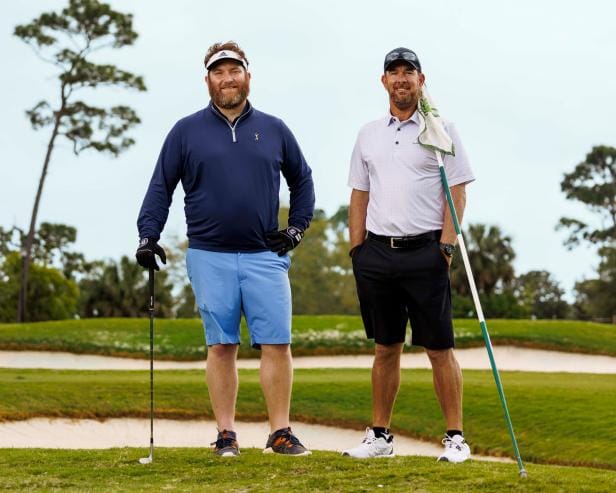Caddieing for professional golfers in high-stakes events is nothing new to the experienced caddie in this story. However, when tasked with caddieing for a middle-handicap golfer named Shane on a casual Monday round, nerves set in. Despite the physical ability being only part of the challenge for average golfers like Shane, the caddie sensed that helping him think his way through the round would be the key.
One important lesson learned from caddieing for average golfers is to remember the goal. While tour players are focused on shooting low scores, average golfers may struggle to accept their limitations and make decisions based on heroics rather than strategy. Throughout the round with Shane, the caddie noticed an improvement in Shane’s score compared to his practice round without assistance, showcasing the importance of approaching the game with a clear goal in mind.
Confidence plays a significant role in a golfer’s performance, but differentiating between good and dumb confidence is crucial. The caddie recognized Shane’s potential but also understood the importance of managing expectations to prevent unwise decisions. It became clear that believing in oneself while understanding one’s limitations can lead to better results on the course.
In the midst of a challenging round with strong winds and declining energy levels, the caddie found an opportunity to provide encouragement and turn the game around. By reminding Shane of his capability and potential for improvement with a single swing, the caddie effectively motivated Shane to regain momentum and approach the game with a positive mindset.
As the round progressed, Shane’s performance improved on the back nine, demonstrating the potential for golfers to evolve over the course of a round. Despite setbacks and challenges, Shane’s newfound confidence led to birdie opportunities and successful shot execution. However, a disappointing outcome on the 18th hole served as a reminder to stay grounded in reality and prepare for unexpected obstacles that may arise.
The caddie’s disappointment at the double-bogey on the final hole reflected not only Shane’s missed opportunity but also a personal sense of falling short. Reflecting on the experience, the caddie acknowledged the competitive nature of the game and the importance of learning from both successes and failures. While caddieing on tour remains a primary source of income, the caddie recognized the potential to make a difference in the game beyond professional settings.
Ultimately, caddieing for an average golfer like Shane provided valuable insights into the mental and strategic aspects of the game. From setting clear goals and managing confidence to navigating challenges and staying grounded in reality, the caddie’s experience highlighted the importance of adaptability, communication, and resilience in both professional and casual golf settings. By applying these lessons and experiences, caddies and golfers alike can strive for continuous improvement and enjoyment on the course.


